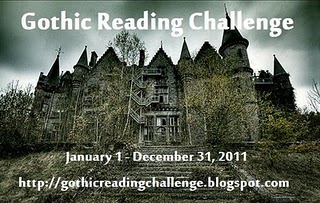I should know better than to keep plugging away with a book when it’s just not grabbing me, but sometimes I second-guess myself. I recently picked up Bernard Schaffer’s [amazon_link id=”1463612214″ target=”_blank” ]Whitechapel: The Final Stand of Sherlock Holmes[/amazon_link] for two reasons: 1) I love Sherlock Holmes, and 2) the murders committed by Jack the Ripper are endlessly fascinating. I was encouraged by high ratings on both Goodreads and Amazon, too. Lucky me, it was available on Kindle for $2.99, so it seemed low-risk enough. I read about 25% of the book. This afternoon, I found myself not wanting to pick it up again. That’s when I knew I should probably just quit reading it. I am a little angry with myself for giving it that much of a chance, but I told myself it must get better because of the ratings. Listen, I am no prig. Not even close. But Holmes and Watson were Victorian-era gentlemen, and if you are going to appropriate another writer’s characters, I think working within the confines of their established characters should be a given. Up to the point I read, I felt Schaffer’s Holmes was faithful to Doyle’s, but Watson? Lestrade? I just can’t imagine Watson grabbing Mary Morstan’s breasts or saying sexually provocative things to her. It seems so unlike his nature. And Lestrade taking up with a prostitute in a dark alley as the prostitute’s daughter looks on from a distance? Well, I don’t like Lestrade either, but really? A significant portion of the part of the book I read is devoted to development of Jack the Ripper, who Schaffer has researched well. Schaffer’s depiction of the killer is spot on, as far as I could tell, but it’s cured me of wanting to read anything more about the case. Disgusting. I mean, obviously on an intellectual level, I knew the Whitechapel murders were the horrific, grisly work of an absolute psychopath, but actually seeing it through the character was too much. Maybe I’m squeamish, but I was really grossed out. I don’t think Schaffer is in the wrong, either. I think Jack the Ripper is buried under some layers of, for lack of a better word, Romanticism, and all Schaffer did was portray him as he probably was. So, I put the book down. I am not going to say it isn’t good because maybe it is, depending on your point of view. It just really wasn’t for me.
I picked up [amazon_link id=”1400031702″ target=”_blank” ]The Secret History[/amazon_link] by Donna Tartt instead, and I was immediately taken. The story begins in a crisp New England fall. At forty-five pages in, I am already sure I will like it. My point is that I should listen to my own advice more often. I gave the Schaffer a longer chance that I should have. I knew it wasn’t grabbing me long before I read so much of it. I was contemplating finishing it anyway and trying to imagine how I would rate it, when it occurred to me I didn’t really have to finish it. After all, don’t I tell everyone else it’s OK to give up on a book and that there are too many good books to read ones you don’t like? Of course! So why continue? Just to see if it gets better? OK, but what if it doesn’t, and how angry will I be with myself if I read the entire thing and wasted a week or more on a book I knew on day one wasn’t grabbing me? So I scrapped it, and now I am reading a book that has grabbed me absolutely within the first ten pages.
photo credit: craigfinlay


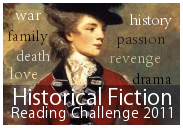






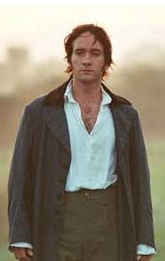
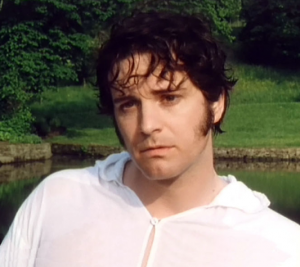
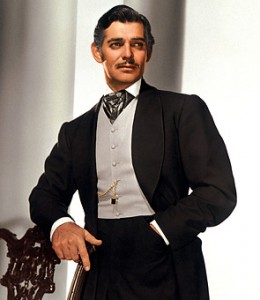
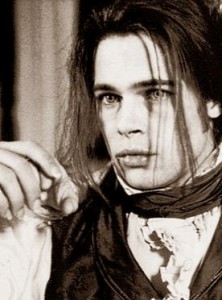
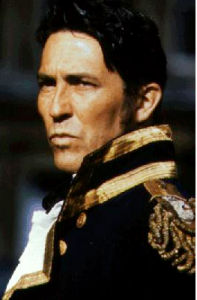
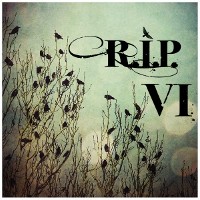


![Good Night Irene [hd video]](http://farm7.static.flickr.com/6201/6093514049_0107215ae2.jpg)
